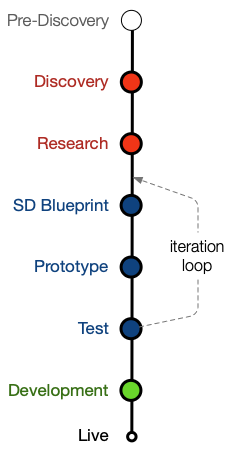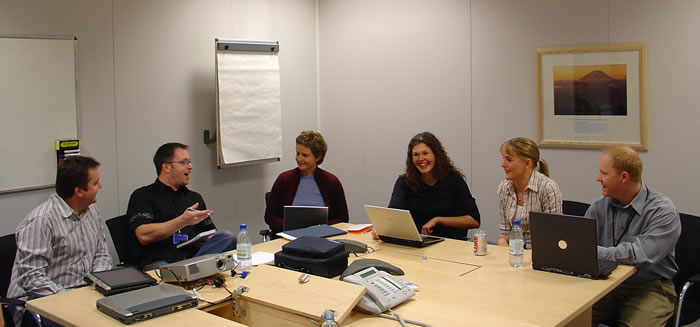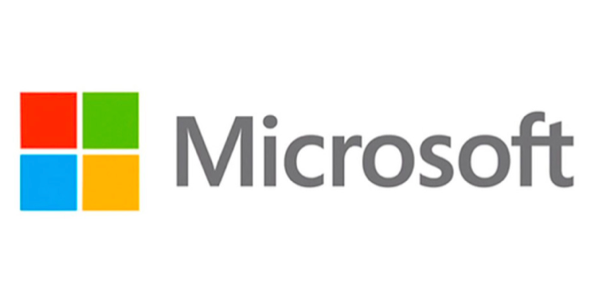Customer & Partner Experience Service and Platform.
Microsoft is one of the world’s leading technology companies, with a global mission to empower individuals and organisations to achieve more. Its products and services span operating systems, productivity software, cloud platforms, hardware, AI, and enterprise solutions, making it a cornerstone of both consumer and business technology worldwide.
Known for its rigorous standards of quality, security, and accessibility, Microsoft continually refines its products and processes to meet the needs of a vast and diverse user base. With a culture that emphasises innovation, autonomy and continual improvement, it invests heavily in user experience, research, and development to maintain leadership in a fast-changing digital landscape.

Challenge:
Microsoft’s current CPE Customer and Partner Experience program was run as an in-person program. Its purpose was to empower anyone within Microsoft or partnering with them, to highlight and set about solving any business related problem they observed. A formal system, training and process, with support, that let them be the UXer of their own pain points and those of others. However, it was an expensive and time consuming process to train users which required employees to fly to training destinations, receive physical materials, and there was no digital version of the training.
Microsoft wanted to build a digital version of this in-person CPE training program to save time, travel and cost on the training process. They wanted to understand how this could be done, if it would be successful and what it would need to do.
The CPE program allowed Microsoft staff and partners to formally identify and quantify any impactful business problem and have it evaluated by the central CPE team. If approved they would receive training, support, resources and a team to solve the problem, for the betterment of Microsoft’s working processes and their client’s.

Approach:
I began by carrying out extensive UX research with Microsoft teams, selected partners, and potential user groups to understand needs, behaviours, and pain points. To ground our understanding, I attended and evaluated the existing in-person CPE training programmes in the UK and Belgium, observing how participants engaged with the process, where time and cost inefficiencies arose, and how empowerment and problem-solving were enabled.
I conducted a detailed analysis of the current CPE workflows and supporting software, mapping the approval process, identifying where automation could increase efficiency, and recording the time and cost metrics involved. This provided a baseline against which proposed digital service improvements could be measured.
From this, I developed a set of personas/user types covering staff, partners, trainers, and programme administrators, each with their own motivations and barriers to digital adoption and current solution efficacy. Using these, I created user journey maps to visualise the end-to-end experience – from problem submission through evaluation, training, and resolution – including current front-stage digital touch points and backstage dependencies.
I established a robust information architecture and content strategy, ensuring resources, training modules, and submission processes were structured, scalable, and language-independent for international rollout, digitally. Accessibility was a core consideration, with all prototypes tested against Microsoft’s standards to ensure inclusivity for diverse users and compliance with assistive technologies.
Functional prototypes were iteratively developed and tested with trainers, CPE staff, and users who had previously participated in the programme. Feedback was gathered through usability tests and thematic analysis, with insights translated into a backlog of user stories and acceptance criteria for development.

Outcomes and Value:
I delivered a complete UX Discovery report, Service Design recommendations, and a full eCPE functional prototype, providing Microsoft with a clear pathway to digitise its Customer & Partner Experience programme. The design was validated with stakeholders, trainers, and users, then refined into a build-ready specification. I worked closely with developers and Microsoft stakeholders to see the solution through to its successful launch.
This structured, research-led approach ensured that the new eCPE platform was not only technically feasible but also user-centred, accessible, and scalable internationally. It provided a clear transformation from the constraints of in-person training to a digital service capable of delivering measurable improvements in efficiency, empowerment, and global impact.
Key outcomes included:
- 33% reduction in the need for physical training attendance, saving time and travel costs. *
- 40% increase in awareness and engagement with the eCPE programme. *
- 60% reduction in programme delivery costs. *
- A single interface for eCPE programme application, approval, and administration, simplifying user interaction and governance.
- Greater throughput of eCPE projects – each focussed on improving business processes, increasing customer/partner satisfaction, and generating operational savings – this meant a higher number of successfully initiated and delivered projects, each serving as measurable benefit metric in their own right.
The eCPE platform extended Microsoft’s high standards of excellence into a digital-first service model, proving that empowerment and process improvement could be scaled globally with lower costs, faster adoption, and stronger outcomes.
*customer supplied data

Testimonial
Sean’s dedication to the user, the project and ultimately to the outcomes for Microsoft was exemplary. He was a total self-starter, capable of planning and executing autonomously, whilst working as well as part of a multi-disciplinary international team of Microsoft experts. He truly led this project start to finish, putting in up to 80 hours a week to get it done not only on time, but optimally.
Snr. Stakeholder – David Hine

